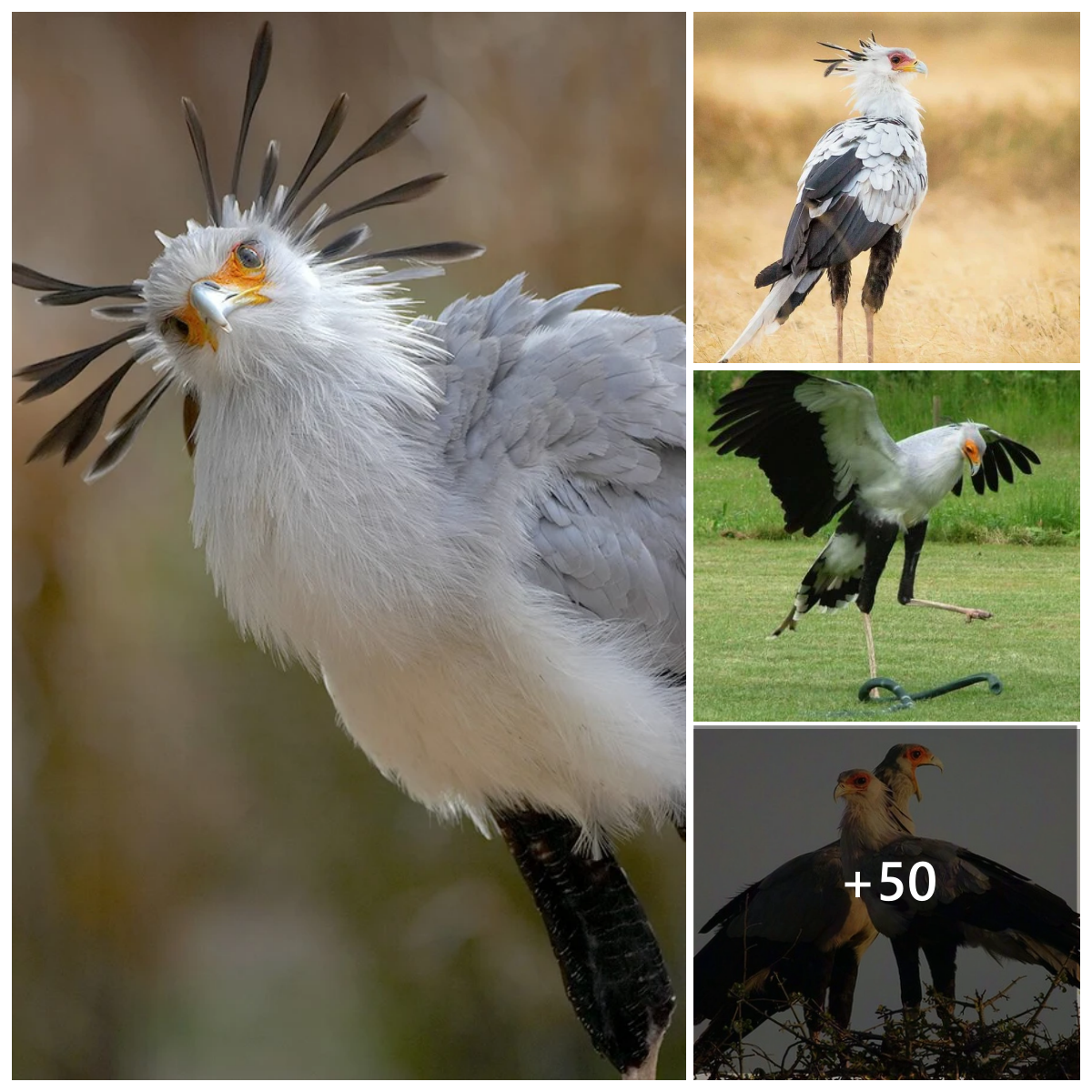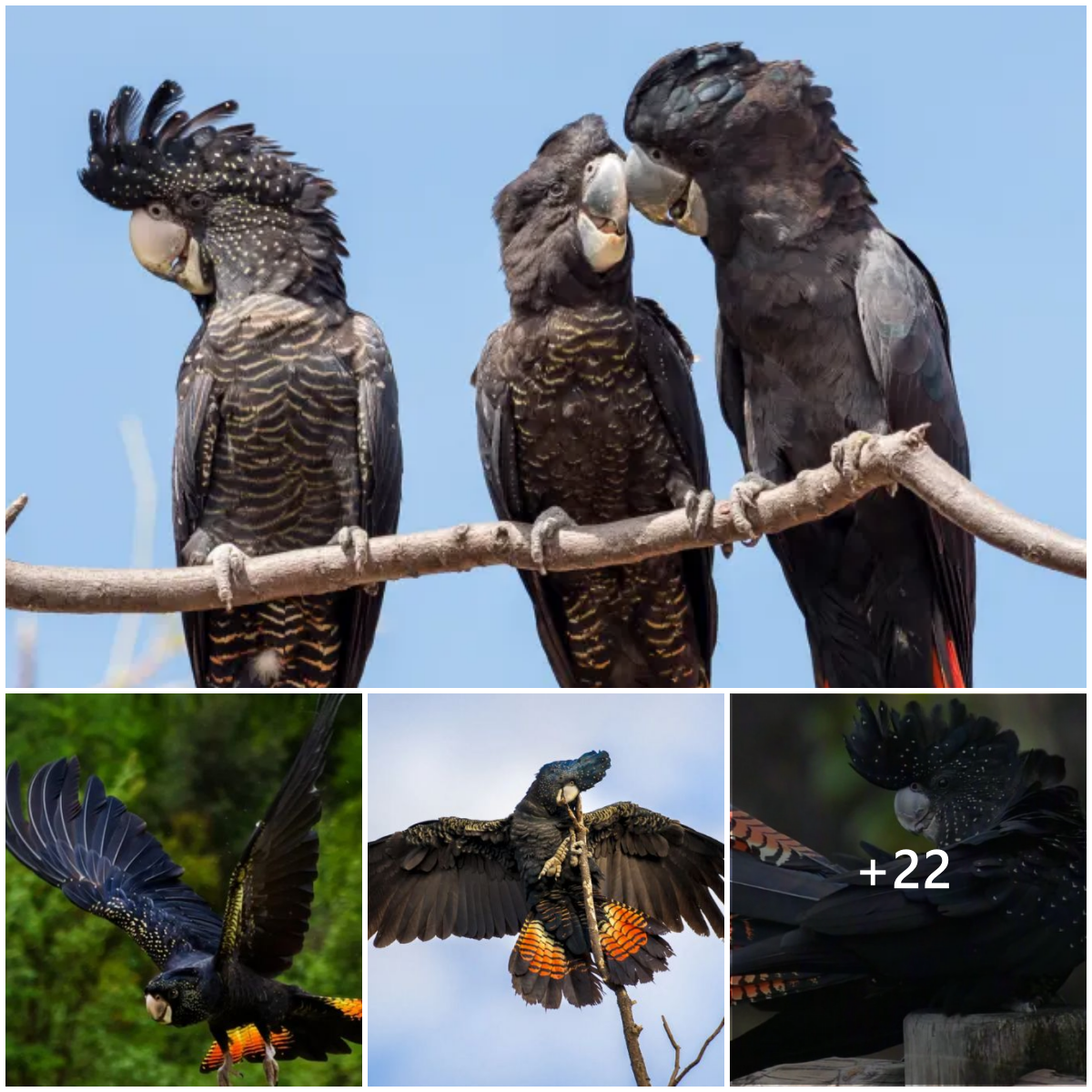
The Pompadour Cotinga is a charming bird that has an impressive size of up to 25 centimeters. Its most noticeable attribute is its vibrant pink or purple body, which contrasts beautifully with its white underbelly. This makes it a popular choice among bird lovers and those who appreciate nature. The bird also has a unique pompadour-shaped crest on its head, adding to its majestic and refined look.

The Pompadour Cotinga is a reclusive avian creature that thrives in the lush canopy of the Amazon Rainforest. Due to its elusive nature, it can be quite difficult to catch a glimpse of this magnificent bird as it tends to remain hidden amongst the thick foliage. It’s worth noting that this bird feeds primarily on fruit, which it skillfully plucks from trees using its formidable beak.

The Pompadour Cotinga is a bird that naturally inhabits the Amazon Rainforest located in South America. It can be spotted in Brazil, Colombia, Ecuador, Peru, and Venezuela. The bird thrives in the thick and moist rainforest canopy, where it discovers its preferred fruits to consume. Regrettably, because of the destruction of its natural habitat and deforestation, this beautiful bird is now categorized as nearly endangered. As a result, the species is rapidly decreasing in number.

Numerous initiatives are in place to safeguard the Pompadour Cotinga and other species of avian fauna living in the Amazon Rainforest. These measures include taking steps to conserve their natural habitats, controlling deforestation, and endorsing sustainable development practices. Several local communities and groups are also actively participating in the campaigns to create awareness about preserving the Amazon Rainforest’s unique biodiversity.

The Pompadour Cotinga is an exceptional bird that can be found in the Amazon Rainforest. It is adored by birdwatchers and naturalists for its vibrant hues, unique crest, and shy character. Unfortunately, the Pompadour Cotinga is in danger due to habitat destruction and deforestation. Therefore, it is vital to educate people about this remarkable bird and take steps to safeguard it, along with the Amazon Rainforest’s extraordinary ecosystem.





